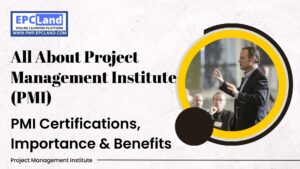1.
Which risk response technique is being used in these situations? Match each technique to its scenario. There’s always the chance that someone could make a mistake and fall off the cliff. No matter how much you plan for the unexpected, sometimes mistakes happen.
2.
You decide to implement a risk response that costs $4,000. You check to make sure that you have enough money to cover the rest of the risks that might happen from here on out in the project.
3.
Your company sends a risk expert in to take a look at your risk response strategies. She finds that you are missing a few secondary risks that might be caused by the responses you have planned. So you update your risk register to include the secondary risks.
4.
You take a look at the number of defects you have found in your project per phase and find that it is higher in your project than it has been in most other projects that the company is doing. You dig a little deeper and find some previously unplanned risks that have been causing trouble on your project.
5.
At every milestone, you do a new round of Identify Risks and make sure that the risks in your risk register still apply to the project.
6.
You check to make sure that you have all of the features developed in your project that you had planned when you reach the “feature complete” milestone. When you find that you are missing one of the planned features, you realize that a new risk has shown up—you missed one of the required features in your functional specification.
7.
Which risk response technique is being used in these situations? Match each technique to its scenario. About 10 years ago a really rare bird, the black-throated blue warbler, was seen on this cliff. If you could get a picture of it, it would be worth a lot of money. So, you bring special seeds that you have read are really attractive to this bird, and you set up lookout points around the cliff with cameras ready to get the shot.
8.
Which of the following is NOT a risk response technique?
9.
Which of the following is not a quantitative analysis technique?
10.
The project manager for a construction project discovers that the local city council may change the building code to allow adjoining properties to combine their sewage systems. She knows that a competitor is about to break ground in the adjacent lot and contacts him to discuss the possibility of having both projects save costs by building a sewage system for the two projects. This is an example of which strategy?
































